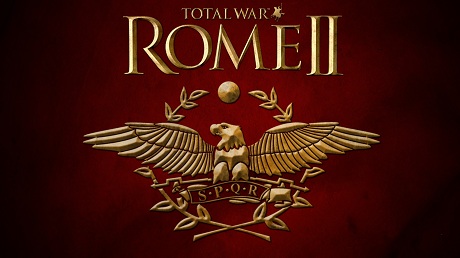Assault Raider - Italian Swordsmen
Useful ships, with crews large enough to board enemy vessels.Never underestimate an Italian in battle: he will smile even as he guts you.
Most of the northern European tribes were not naval powers, but there were still able seafarers to be found amongst them. Shipbuilding techniques were well understood, so while many vessels were small leather-skinned boats for inland and inshore use, bigger sea-going vessels were also made. Shipwrights used heavy planking for hulls, stitched together and then fastened to a wooden skeleton to create sturdy craft able to cope with Atlantic conditions. Julius Caesar was surprised at the quality of the enemy ships when his fleet clashed with the Veneti from modern-day Brittany. The Veneti vessels had flat bottoms to cope with shallows, but were also of heavy oak construction to cope with rough seas. This made them tough opposition for Roman galleys, and capable of shrugging off a ramming attack. Caesar said that the enemy ships "...were constructed of planks a foot in breadth, fastened by iron spikes the thickness of a man's thumb; the anchors were secured fast by iron chains instead of cables”. When the Romans were forced to board, they faced fearsome warriors used to close-quarters fighting at sea.
(Italian Swordsmen)
Before Rome's ascension and eventual conquest of Italy, it shared the peninsula with others, such as the Etruscans and Samnites. These various petty kingdoms, cities and tribes often fought each other, but also united against common external threats. It was as the Etruscans waned and Greek influence fell away that the Romans began steadily accumulating land and power. Their conquest of the Apennine Peninsula was possible due to the levied troops of every tribe absorbed into the early Roman Republic. Conflict was common in Italy - most tribes went to war during the summer months, to raid neighbouring settlements for riches and resources. Rome made the most of these warlike tribesmen, drawing soldiers from their ranks in exchange for citizenship and social status within the growing Republic. The earliest example of Rome's alliances with neighbouring states was the Foedus Cassianum, with the surrounding Latin city-states shortly after the overthrow of the Roman monarchy in 510BC. The terms were simple and effective: mutual defence for both parties, based on equal contribution to an annual military levy under Roman command.
Unit Name Assault Raider - Italian Swordsmen |
Main Unit Key inv_ita_assault_raider_swordsmen |
Land Unit Key inv_ita_italic_swordsmen |
Naval Unit Key barbarian_raider_melee |
Soldiers 80 |
Category Medium Ship |
Class Melee Ship |
Custom Battle Cost 300 |
Recruitment Cost 300 |
Upkeep Cost 60 |
Ship Health |
└ Ship barbarian_raider |
Ship Speed |
Melee Attack 15 |
Weapon Damage 34 |
├ Melee Weapon rome_generic_sword |
├ Melee Damage Base 30 |
├ Melee Damage Ap 4 |
├ Armour Piercing No |
├ Bonus vs. Large 0 |
├ Bonus vs Elephants 0 |
└ Bonus vs Infantry 0 |
Charge Bonus 10 |
Melee Defence 45 |
├ Base Defence 20 |
├ Shield oval |
└ Shield Defence 25 |
Armour 45 |
├ Armour cloth |
├ Armour Defence 10 |
└ Shield Armour 35 |
Health 45 |
├ Man Entity rome_infantry_light |
├ Man Health 40 |
└ Bonus Hit Points 5 |
Base Morale 30 |
Abilities
Assault Raider- Row Hard 10
Increases speed for 10 strokes.
Ship speed
Attributes
- Hide (forest)
This unit can hide in forests until enemy units get too close. - Resistant to Cold
This unit tires less quickly in snow.
Strengths & Weaknesses
Assault Raider- Average hull strength
- Light crew
- Very fast speed
- Weak ramming
- Average boarding
- Average attack
- Weak defence
- Average damage but low armour penetration
- Poor morale
| Garrison Buildings | |
|---|---|
|
Port
(inv_ita_port_1) Level 0 |
|
|
Fishermen's Huts
(inv_ita_port_food_2) Level 1 |
|
| Faction Availability | |
|---|---|
| Rise of the Republic | |


 Français
Français Italiano
Italiano Deutsch
Deutsch Español
Español Русский
Русский Čeština
Čeština Polski
Polski Türkçe
Türkçe 简体中文
简体中文 正體中文
正體中文 日本語
日本語
